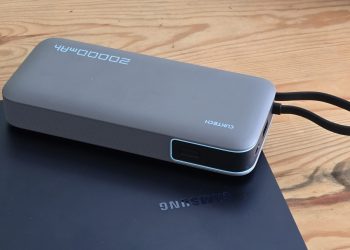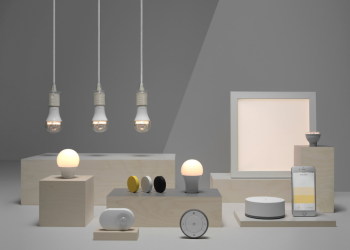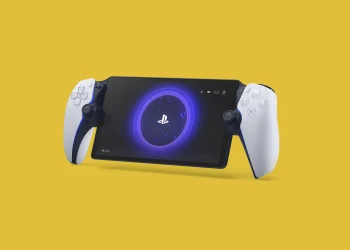Apple, a company famously secretive about its product pipeline, has ironically revealed details about several unannounced devices through its own software code. This accidental leak includes references to multiple upcoming products across its lineup, from audio devices to wearables and tablets.
Among the devices spotted is a new HomePod mini (codename B525), which will reportedly use the same T8310 microarchitecture found in the Apple Watch Series 9 and 10. This marks a major upgrade from the current HomePod mini, launched in 2020, which uses the older S5-class chip. The new model will feature a 64-bit dual-core CPU and a 4-core Neural Engine based on the A16 processor, potentially bringing smarter capabilities and better performance. A release is expected between September and the end of 2025.
Another significant leak points to a new Apple TV, powered by the A17 Pro chip from the iPhone 15 Pro series. This upgrade could enable console-tier gaming and Apple Intelligence features on the Apple TV platform. The device might debut as soon as next month.
Apple is also preparing a new iPad mini (J510/J511) with the upcoming A19 Pro chip, the same silicon destined for the iPhone 17 Pro lineup. This model may precede a future OLED-based iPad mini planned for 2026–2027. Similarly, a refreshed entry-level iPad (J581/J582) is expected in spring 2026, featuring the A18 chip with a 16-core Neural Engine, though its external design may remain unchanged.
On the wearables front, the Apple Watch Series 11, Ultra 3, and Watch SE 3 will use the new S11 SiP, offering a 64-bit dual-core CPU, performance cores, and Neural Engine enhancements. Meanwhile, the Vision Pro 2 spatial computer is expected to run on the new M5 chip, improving upon the M2 in the current generation, with a possible late 2025 release window.
Lastly, Apple appears to be working on an Apple Studio Display 2, rumored to feature a mini-LED backlight, potentially launching in early 2026.
These leaks provide an unusual glimpse into Apple’s next wave of products — spanning audio, TV, tablets, wearables, and even mixed reality — highlighting the company’s strategy to push AI, Neural Engine integration, and higher-performance chips across its ecosystem.






















